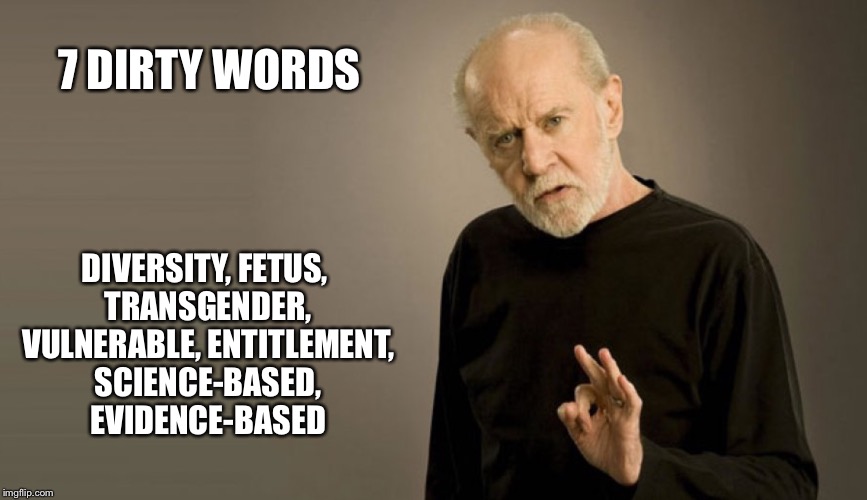- Joined
- Jan 9, 2013
- Messages
- 25,763
Notice how the CD worshipers have to use name calling, insults and wrong assumptions. That shows how low class they are.


Notice how the CD worshipers have to use name calling, insults and wrong assumptions. That shows how low class they are.

Notice how the CD worshipers have to use name calling, insults and wrong assumptions. That shows how low class they are.
Pot, kettle... Like what you like. Just don't piss on my leg and tell me it's raining.You anti-high res bums probably listen to garbage, too, as well as ruined your ears after listening to your head banging music so it doesn't matter with you derelicts, anyway.
That’s not an exclusive group by any stretch of the imagination...Neil Young has made it plain over the years that he has no clue about digital audio.



I always enjoy these technical conversations and appreciate the input and lack of rancor.
That’s not an exclusive group by any stretch of the imagination...
I actually have noticed differences between LPs I have and the same albums on CD (before they started messing with the mix). There are subtle feelings of being at a live performance on many LPs I have that are not there on the CD that otherwise sounds like the same recording. I wondered if the tiny subtle sounds were lost in the pixel dust of digitization.
Bizarrely non integer downsampling can be less intrusive because it doesn't hit any nasty worst cases. Integer down sampling has to be done very carefully I believe.Downsampling from 192 to 48 will not result in better sound than downsampling from 96 to 48. (I'm using 48 so we can avoid side-hysteria about the audibility of noninteger downsampling).
Alas I have no reference, and I agree it is counter intuitive. But I remember reading something about this. Non integer sample rate conversion adds a little low level noise akin to things like triangle dither noise shaping, so you don't get any nasty surprises. Whereas integer sample rate conversion can hit some nasty cases and double up noise that was already there, or something like that. I'm sorry I'm being so fuzzy about this.I think you've got things backwards. I'd like to see a reference indicating that integer downsampling (decimation) is more fraught than noninteger.
One can find and cherry-pick articles to cover every argument on this issue.16/44 Redbook can deliver as good a SQ as you can hear. For public release anything more is just a waste of space. Read Mark Waldrep
The HD-Audio Challenge
Possibly you are hearing imperfect channel separation...an inherent flaw of vinyl playback. It can have the spurious effect of making output sound 'bigger'.
That is 'lost' on CD playback because digital playback is more accurate to its source.
But if you care to, you can digitize the output of your turntable preamp when you play an LP, and the 'magic' will be there when you play back the digital file.
Enter your email address to join: